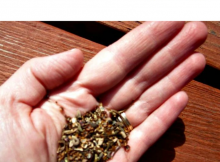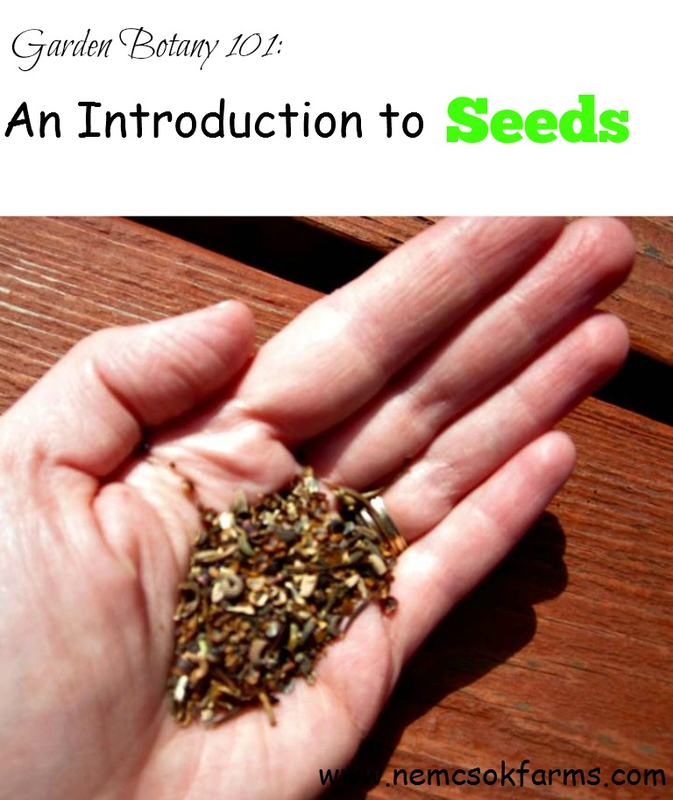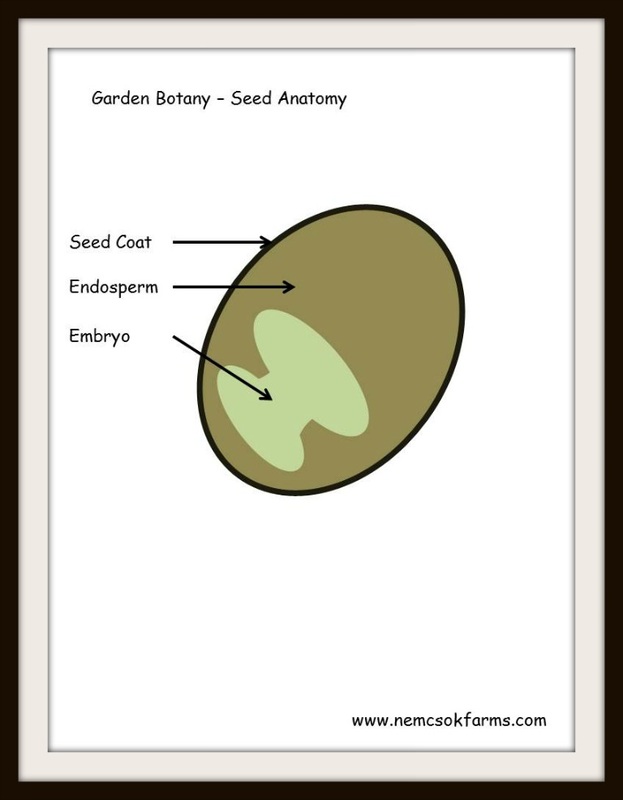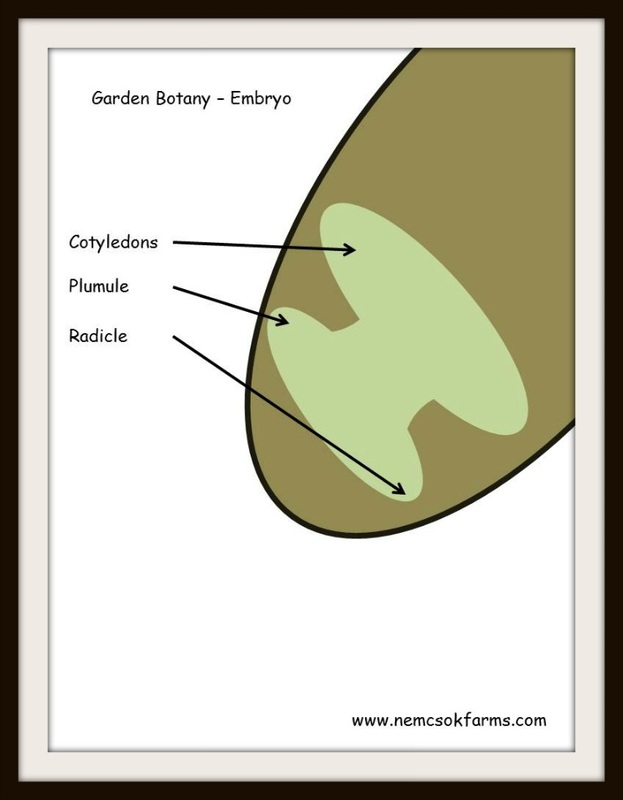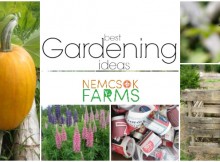Follow along with us as we learn about what makes a plant a plant, how all of the parts work, how they benefit us, and what we can do to grow healthy and happy plants in our gardens, and homes.
When we think growing – be it flowers, fruit, vegetables, trees, shrubs, whatever – we may think of all the lush, colourful, healthy and environmentally friendly fruits of our labour. Let’s stop for a moment, and investigate how it all came to be.
The Thing About Seeds
There are three main parts to a seed,
- seed coat
- endosperm
- embryo
The seed coat is the protective coating or covering. This needs to break open in order for the plant to emerge.
The endosperm refers to the initial food source. This is where the embryo gets what it needs to bring it out of the arrested state of development, and begin growing.
And of course, the embryo itself is the miniature plant, and we’ll take a look at that in a moment.
Basic Anatomy of a Seed
The Arrested State of Development
The embryo itself has three main parts,
- Cotyledons
- Plumule
- Radicle
The cotyledons are the seed leaves, and an additional food source. They allow photosynthesis (this too deserves its own article) to occur before the true leaves emerge.
The plumule is what will develop into the shoot – that being the stem and the true leaves.
And lastly, the radicle is what will form the roots.
Basic Seed Embryo Anatomy
and sign up for our newsletter, so you’re sure to not miss our next installment, which will be all about the Organs of a Plant

